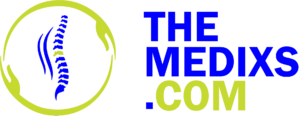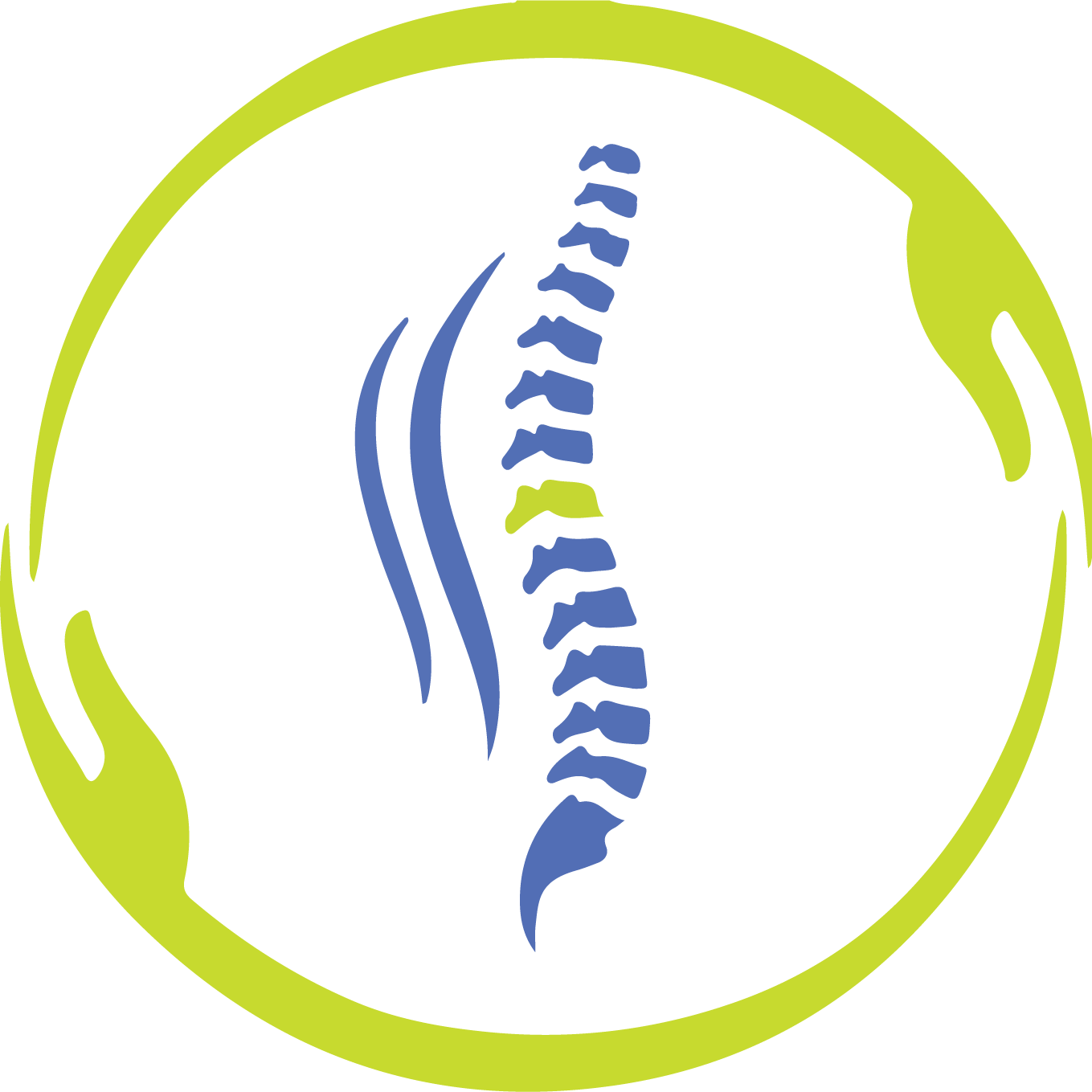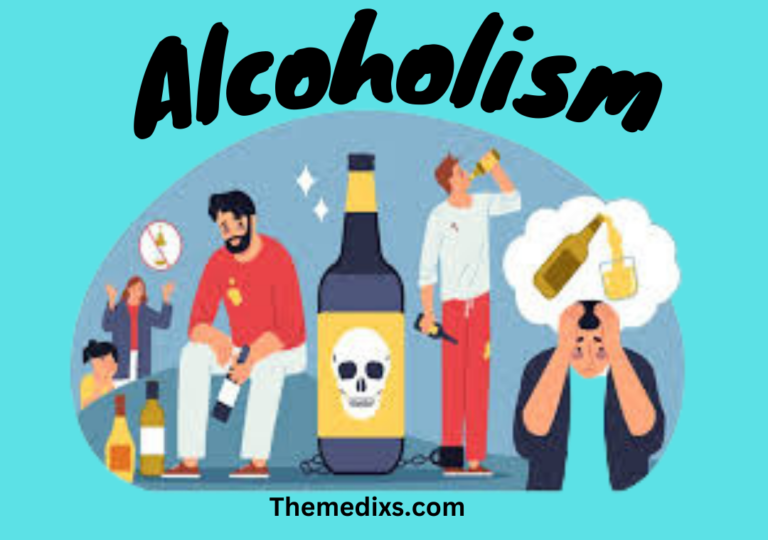Stroke is a leading cause of disability and mortality worldwide, profoundly impacting individuals, families, and communities. Often referred to as a “brain attack,” stroke occurs when the blood supply to a part of the brain is interrupted or reduced, depriving brain tissue of oxygen and nutrients. This blog explores the types of stroke, their causes and symptoms, the importance of early intervention, and strategies for prevention and rehabilitation.
What is a Stroke?
A stroke happens when the brain`s blood supply is disrupted, causing brain cells to begin dying within minutes. The results of a strokee vary depending on the location and extent of the brain damage. Broadly, strokes are categorized into 3 most important types:
1. Ischemic Stroke
This is the most common type, accounting for approximately 87% of all strokes. It occurs whilst a blood clot or other obstruction blocks the flow of blood to the brain. Causes include:
- Thrombosis: A blood clot forms in one of the brain’s arteries.
- Embolism: A clot or debris travels to the brain from another part of the body.
- Atherosclerosis: Narrowing of arteries because of plaque buildup.
2. Hemorrhagic Stroke
A hemorrhagic stroke takes place when a blood vessel in the brain bursts, leading to bleeding in or around the brain. Causes include:
- Hypertension: Chronic high blood pressure weakens blood vessels.
- Aneurysms: Bulging, weak areas in the blood vessel walls.
- Trauma: Injury to the brain or blood vessels.
3. Transient Ischemic Attack (TIA)
Also referred to as a “mini-stroke,” a TIA occurs when blood flow to the brain is quickly blocked. Although symptoms resolve inside a few minutes to hours, a TIA is a warning sign of a potential future stroke and requires immediate medical attention.
Recognizing the Symptoms of Stroke
Timely identification of strokee symptoms is important for minimizing harm. The acronym FAST is extensively used to recognize common signs:
- Face: Drooping or numbness on one side of the face.
- Arms: Weakness or inability to raise one arm.
- Speech: Slurred or difficulty speaking.
- Time: Act quickly and call emergency services.
Other signs can also include:
- Sudden numbness or weakness in the legs, especially on one side.
- Confusion, trouble understanding, or difficulty concentrating.
- Vision problems in one or each eyes.
- Severe headache with no known cause.
- Loss of balance, dizziness, or coordination issues.
Risk Factors for Stroke
1. Modifiable Risk Factors
Many stroke dangers may be decreased via life-style adjustments and clinical management:
- Hypertension: The main hazard factor for both ischemic and hemorrhagic strokes.
- Smoking: Increases the chance of clot formation and arterial harm.
- Obesity and Sedentary Lifestyle: Linked to excessive blood stress, diabetes, and coronary heart disease.
- Poor Diet: Excessive salt, sugar, and unhealthy fats contribute to strokee risk.
- Alcohol and Drug Use: Excessive consumption increases blood pressure and may harm blood vessels.
2. Non-Modifiable Risk Factors
Some hazard factors can not be changed however have to heighten vigilance:
- Age: Risk will increase with age, especially after 55.
- Gender: Men are much more likely to have strokes, however women have better mortality rates.
- Family History: Genetic predispositions can also increase susceptibility.
- Race and Ethnicity: Certain populations, together with African Americans, are at better hazard because of prevalence of high blood pressure and diabetes.
The Importance of Early Intervention
Stroke is a clinical emergency, and prompt treatment can significantly improve outcomes. The “golden hour” refers back to the critical first 60 mins after strokee onset, throughout which treatment can prevent extensive brain harm.
For ischemic strokes, treatments include:
- Clot-Busting Medications: Intravenous thrombolytics like tissue plasminogen activator (tPA) can dissolve clots.
- Mechanical Thrombectomy: Surgical removal of the clot using specialized devices.
For hemorrhagic strokes, remedy specializes in controlling bleeding and decreasing pressure at the brain:
- Surgical Clipping or Coiling: Procedures to repair or seal off aneurysms.
- Blood Pressure Management: Medications to stabilize blood pressure and prevent further bleeding.
The Path to Recovery
Stroke recovery is a gradual process that requires a multidisciplinary approach. Key elements of recovery include:
1. Acute Care and Stabilization
After initial treatment, patients are frequently monitored in intensive care units (ICUs) to ensure stability and prevent headaches which includes infections, blood clots, or recurrent strokes.
2. Rehabilitation
Rehabilitation aims to help stroke survivors regain as much independence as possible. It frequently includes:
- Physical Therapy: Focuses on regaining motor skills, strength, and mobility.
- Occupational Therapy: Helps patients relearn daily activities, which includes dressing and cooking.
- Speech Therapy: Addresses language, communication, and swallowing difficulties.
- Psychological Support: Assists in managing emotional changes and mental health challenges like depression or anxiety.
3. Secondary Prevention
- Preventing recurrent strokes is a crucial part of post-stroke care. Strategies include:
- Managing underlying conditions which includes hypertension, diabetes, and atrial fibrillation.
- Adopting a heart-healthy diet, rich in fruits, vegetables, entire grains, and lean proteins.
- Regular exercise tailored to the individual`s abilities.
- Smoking cessation and moderation in alcohol consumption.
Stroke Prevention: A Lifelong Commitment
Preventing a stroke requires proactive measures, mainly for people with danger factors. Key techniques include:
- Regular Health Screenings: Monitor blood strain, cholesterol levels, and blood sugar regularly.
- Medication Adherence: Take prescribed medications for hypertension, cholesterol, and diabetes as directed.
- Healthy Lifestyle Choices: Maintain a balanced diet, stay active, and avoid tobacco and excessive alcohol.
- Stress Management: Chronic stress contributes to high blood pressure and heart disease, growing stroke danger.
Living After a Stroke
Life after a stroke often includes significant adjustments. Stroke survivors can also face physical limitations, cognitive impairments, or emotional challenges. Support from family, friends, and healthcare professionals is vital.
Support Networks and Resources
Stroke survivors and their families advantage greatly from connecting with support groups and resources. These communities offer valuable information, emotional encouragement, and practical advice for navigating post-stroke life.
Conclusion
Stroke is a devastating condition, but with early recognition, prompt treatment, and comprehensive care, many individuals can achieve meaningful recovery. By addressing risk factors and adopting preventive measures, the likelihood of stroke can be significantly reduced. Through awareness, education, and support, we can empower individuals to lead healthier, more resilient lives in the face of stroke.





